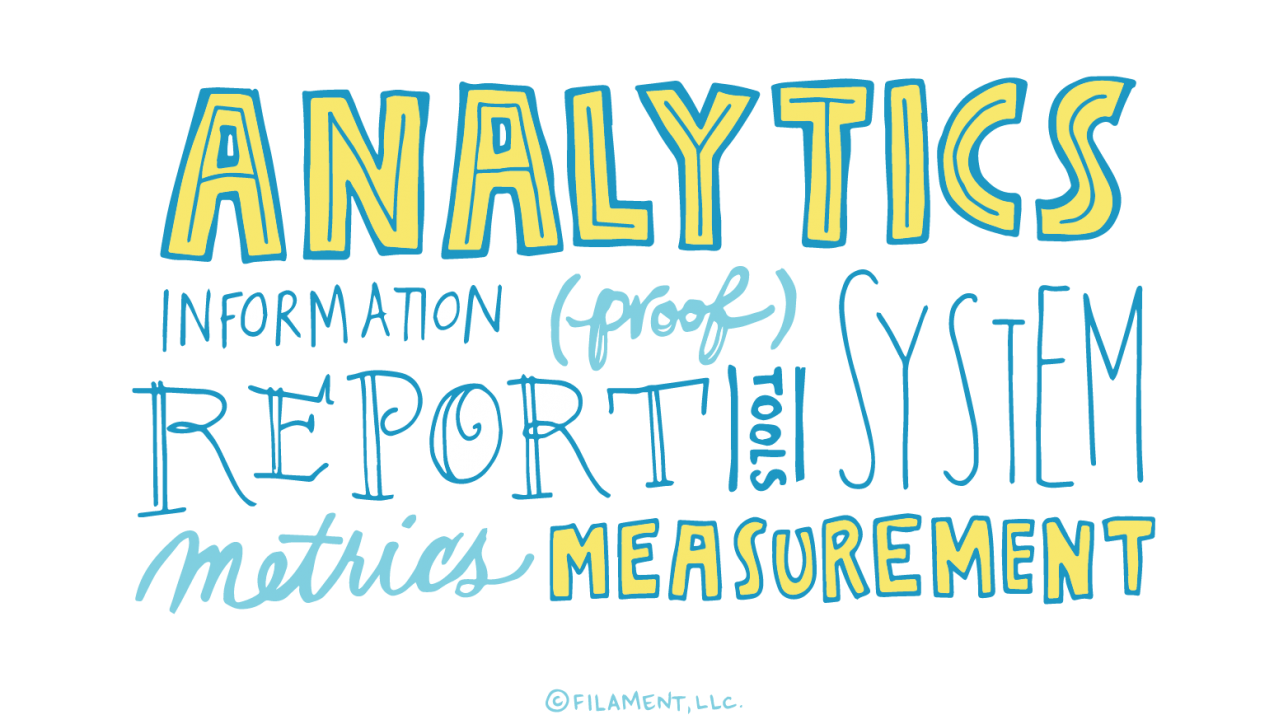The first part of search engine optimization (SEO) is exactly what the term implies: optimizing your site in a way that is recognizable by search engines so that your website gets classified correctly and becomes a legitimate response for related queries. Once search engines are working for you, it’s time to evolve your optimization and start measuring the results of your optimization. Enter SEO analytics.
SEO analytics can be incredibly complex. There are companies all over the globe that are built on analyzing your data, providing reports and tweaking your SEO strategy. This can be a very timely and expensive venture.
On the other hand, SEO analytics can be fairly easy for even a layperson to understand if you focus on the basics. A good place to start is Google Analytics. And best of all, it’s absolutely free!
Please note, this discussion assumes that you already have a basic SEO plan in place and that you’ve optimized, at the very least, the content of every webpage. Once you’re at that point, there are three key areas of Google Analytics you should explore and can take advantage of to hone your SEO plan of attack: Landing Page Analysis, Google Search Console and Internal Site Analysis.
Landing Page Analysis
This is a great place to start looking at the traffic that comes to your web pages through organic search. Let’s say your website sells cat toys. You look at your landing page analysis and you see where organic searches on Google brought people to your website. You may discover that one particular toy is bringing everyone to your page but no one is buying. Look at how much insight that gives you and how you can work to remedy any underlying problems. You can also learn how the traffic ebbs and flows over time, how long people spend on your page, goal conversion rates, revenue and other data.
Remember, there is no reason to get bogged down in all the numbers and data that is being thrown at you. It’s great to have all this knowledge in your hands, but you only have to use what is important to you or what you want to use in your SEO analytics. This applies across the board.
Google Search Console
This feature reviews search queries that drive traffic to your site. If you’re not capturing an audience using what you thought was your primary keyword but you’re getting them from other keywords, well then, you’ve got some content rewriting work ahead of you. That, or you need to find a way to push that keyword. To do this, from your Google Analytics console find the Search Traffic and Search Queries. These searches can be filtered so you get more specific results and can narrow them down more easily. Play around a bit to discover where you’re doing well and what needs work. Then check the tips and techniques segment of the help center and Google Analytics will even help you come up with some possible solutions.
Internal Site Analysis
One really useful bit of information that sometimes gets overlooked is where people go once they get to your site. Think about it: you’ve not only captured their attention, but you also have them so interested that they want to look at something else on your site. These are the very people who may likely become your newest brand advocates. So where do they go? Move to the Behavior > Site Search and there are the organic search terms they used. Narrow your data even further to find landing pages associated with internal searches.
Remember that SEO analytics can be as vital to your success as setting up an optimized website. To learn more, this Google support page provides even more information on the tools we mentioned along with others.
If you’d like help creating optimized content, contact Filament today.


